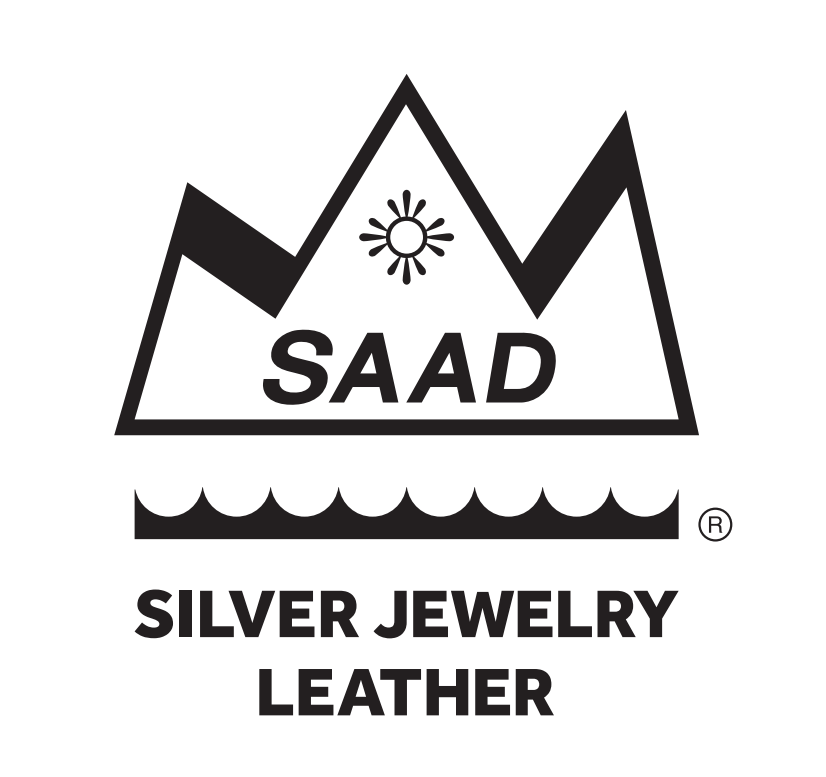[woo_multi_currency_layout5]
- Silver Jewelry
Shop By Category
Shop By Gemstone
Gift Boxes & Kits
- Leather Items
Shop By Category
Gift Boxes & Kits
- Gemstone Watch
Shop By Gemstone
Shop By Size
Shop By Movement
Featured Collection
- Ladies
Shop By Metal
Shop By Gemstone
Gift Boxes and Kits
Featured Collection
- Featured Collections
- News
- My account
- About









